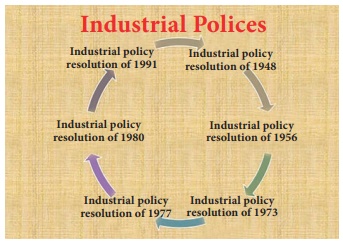7667766266
enquiry@shankarias.in
States which have robust industrial policies are also the ones which have the highest contributions to the overall growth performance of the national economy.
To know more about the industrial policy, click here

What is the role of governments in industrial policy?
There is empirical evidence to suggest that States which have designed robust industrial policies are the ones which have the highest contributions to the overall growth performance of the economy.
States such as Tamil Nadu, Maharashtra, Gujarat and Karnataka contribute a bulk of India’s output in various sectors.
Reference